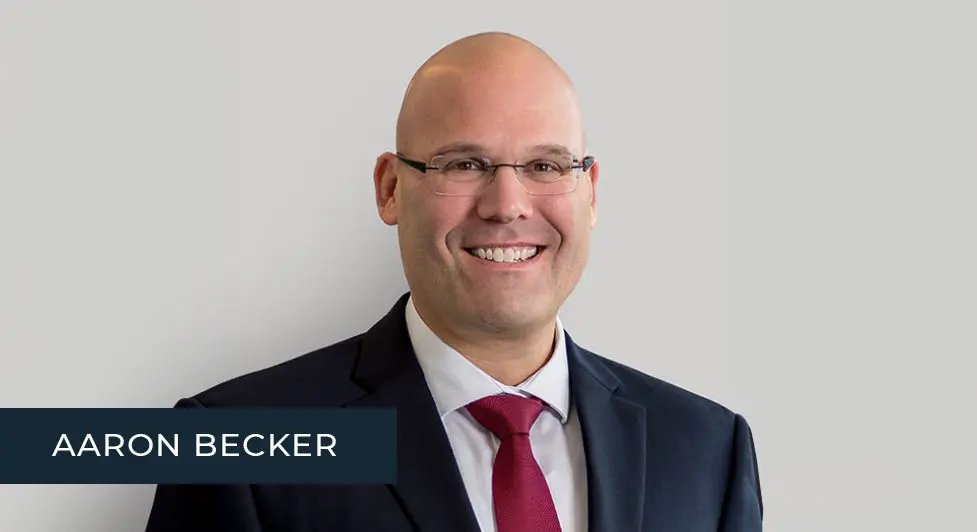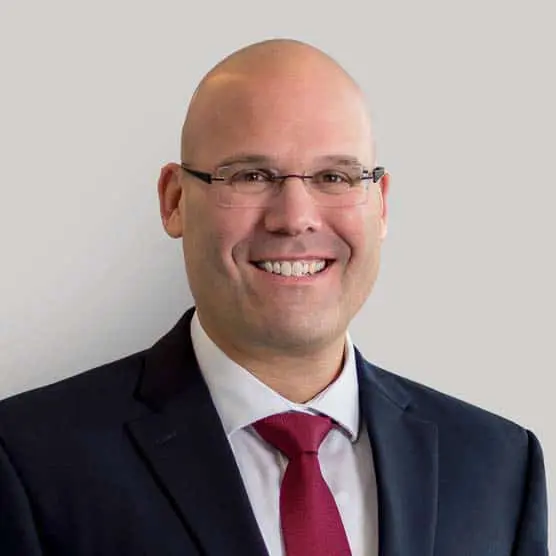As the aging population grows and their needs and expectations change, operators are adapting their businesses to meet demographic shifts and evolving consumer preferences. That overarching theme drove the conversation during Argentum’s recent webcast, during which I was joined by Lisa McCracken, head of research and analytics at National Investment Center for Seniors Housing & Care (NIC), and Earl Parker, president and CEO at Commonwealth Senior Living, to discuss how the senior living industry is evolving post-pandemic.
As I moderated the discussion, key themes that emerged included the Federal Reserve’s long-awaited interest rate cut, the rise of integrated care models, and the need to balance demographic fortune with continual improvement.
Rate Cut
Hosted on the same day the Federal Reserve (Fed) cut interest rates by half a percentage point, McCracken and Parker both noted the move should help with distressed deals and acquisitions. Capital that has been waiting on the sidelines is looking to get into the game, and as the first opportunistic clients advance their deals, others will follow. Transactions beget more transactions, and momentum should continue to be propelled, providing sustained optimism.
McCracken noted that much of the initial impact of the rate cut is psychological, as it allows borrowers to feel good about advancing their fiscal plans. Practically, she noted, it may take a few more rate cuts before we seen meaningful movement. That said, McCracken and Parker agreed the market should enjoy positive momentum the remainder of the year that will accelerate post-election and into 2025. After all, the initial rate cut is just the first in what the Fed said will be a series of cuts.
Service Creep
The omnipresence of integrated care models was another topic discussed during the webcast, as panelists warned that as this approach becomes the norm, one thing providers are increasingly looking out for is “service creep.” Similar to the concept of acuity creep, where a patient’s care level subtly increases and causes operational complications, service creep occurs when care is provided at levels that exceed what is being charged.
“We’re working hard at providing the appropriate care and charging appropriate amounts so we’re not giving away the care,” Earl Parker, president and CEO at Commonwealth Senior Living, said.
Demographics Don’t Mean Compliance
When the subject turned to the pending “silver tsunami” of Baby Boomers that will drive demand, McCracken argued it is important that providers do not get compliant with demographics and assume that the volume alone will make for a thriving industry. Instead, we should look to incorporate lessons learned from the past couple years to continually improve operations and enhance value for residents. Fortunately, I believe most in the industry are in tune with McCracken’s thinking, and that coupled with the favorable demographics will surely make for a bright future.
To learn more about the outlook for the seniors housing industry as 2024 winds down, watch the webcast replay here.

